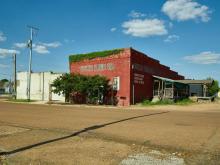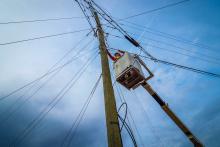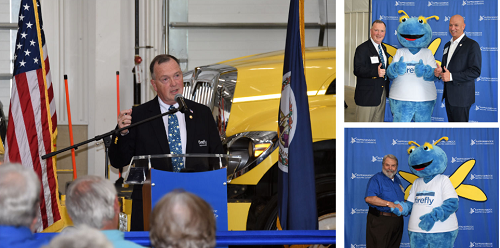Mississippi Electric Cooperative and State Shine BEAM On Rural Delta Region
The establishment of a new broadband office in Mississippi heralds a new era in the state’s efforts to bring high quality broadband to all its residents, especially those living in the most rural parts of the state.
On the forefront of that effort is the Delta Electric Power Association, an electric cooperative currently building out fiber infrastructure in the Mississippi Delta region – a mostly rural part of the state with a majority Black population and where about a quarter of residents do not have access to broadband of any kind.

As in other states with sizable rural areas, electric cooperatives are playing a major role in building out high-speed Internet infrastructure.
In Mississippi, Delta Electric, has a service area that covers ten counties in the northwestern part of the state, providing electricity for 4,235 industrial, 3,144 commercial, and 21,174 residential member-owners.
Now, the cooperative has set its sights set on bringing high-speed Internet service to its members, left behind by the big national providers who do not consider the region profitable enough to invest in.
Electric Cooperative Starts With CARE(S)
It started in 2020, when the electric cooperative was awarded a $4.9 million Coronavirus Aid, Relief, and Economic Security (CARES) Act grant for a fiber pilot serving Carroll County with gig speed connections.




